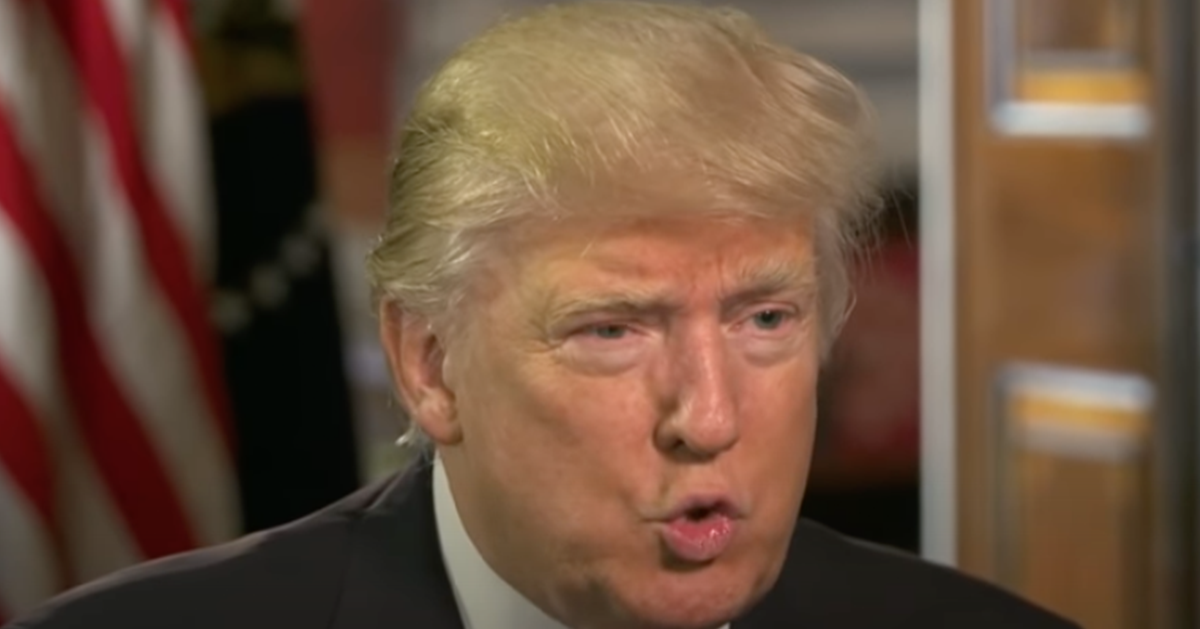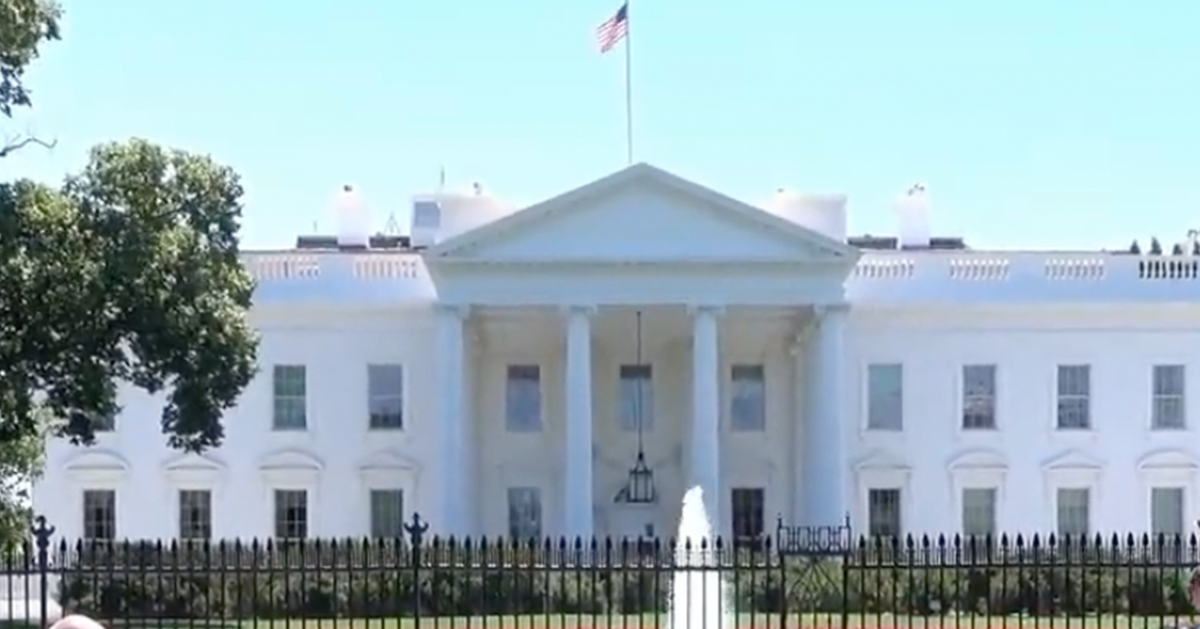FBI Says Would-Be Trump Assassin Researched Killing of JFK
A 20-year-old man, Thomas Matthew Crooks, attempted to assassinate former President Donald Trump during a rally in Butler County, Pennsylvania, an act which ultimately led to his own death at the hands of a Secret Service sniper.
Crooks' preparation for the rally attack is now known to have included research into the assassination of President John F. Kennedy, according to the FBI, as Axios reports.
The shooter had been designated as a suspicious person 20 minutes before the violent incident and just 10 minutes before Trump was set to appear on stage.
FBI Director Christopher Wray shared this week that Crooks had conducted an online search on the JFK assassination on July 6, the same day he registered to attend the rally.
Shooter's Research Before the Attack
According to Wray, Crooks' search history included queries about the Kennedy assassination, revealing his interest in the distance Lee Harvey Oswald was from John F. Kennedy when he fired the fatal shots. This information surfaced during an investigation as law enforcement officers pieced together Crooks' actions leading up to the incident.
Crooks had flown a drone near the event site approximately two hours prior to the rally. This action eventually confirmed his nefarious intentions when he began firing from the roof of a warehouse complex outside the event's security perimeter.
On the day of the rally, Crooks climbed onto the roof of a nearby warehouse, apparently using mechanical equipment and vertical piping. He fired at least eight shots, one of which resulted in a fatality, while also injuring Trump and two others. A Secret Service sniper neutralized Crooks on the roof.
Timeline of Shooting Incident
Before the shots were fired, Crooks threatened a municipal police officer who had spotted him on the roof. Officers from a specialized police unit assigned to secure the building had left their posts to search for Crooks after he was designated as suspicious.
The investigation revealed at least three explosive devices linked to Crooks: two were found in his vehicle and one at his residence. The FBI also discovered three detonation transmitters: two in Crooks' vehicle and one on his person. Crooks' configuration of the devices on the roof prevented him from detonating the explosives in his vehicle.
Despite this, Wray emphasized that the explosives were still considered dangerous.
The FBI also revealed that Crooks had utilized encrypted communication platforms and conducted numerous searches for public figures, but the agency reportedly had no prior information about him and have not yet established a clear motive.
Explosive Devices and Other Findings
The AR-style rifle used in the shooting was legally acquired from Crooks' father. The investigation further revealed that there were 14 firearms associated with Crooks and his family. This finding has raised questions about the ease with which the gunman accessed weapons.
Pennsylvania State Police Commissioner Col. Christopher Paris confirmed that law enforcement had encountered Crooks multiple times before the event.
Paris remarked, "A municipal police officer had seen Crooks on top of the roof and was threatened by the gunman just seconds before the first shot was fired."
The tragic incident at the Trump rally on July 13 serves as a stark reminder of the complex security challenges public figures face.
While law enforcement managed to prevent further carnage, the circumstances leading to the shooting highlight the need for vigilant surveillance and rapid response to potential threats.
Concluding Observations
The FBI’s ongoing investigation continues to unravel the perpetrator's motives and the extent of his preparations.
As the authorities piece together Crooks' background and activities, the nation remains on high alert, reflecting on the vulnerability of public officials and the importance of stringent security measures.





